and lo and behold: a really great week with super nice people who attach a lot of importance to a good working atmosphere and welcome us like in a small family. We get an insight into the production from the seedling to the finished bag. See for yourself:
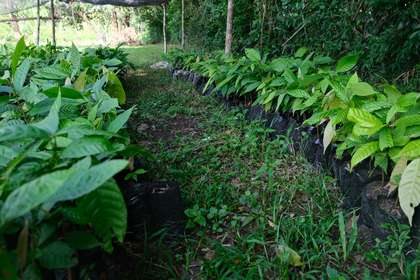
Seedling cultivation at cost price - the farmers know their best mother trees, the inspector ensures the good mixture, a community project for the future
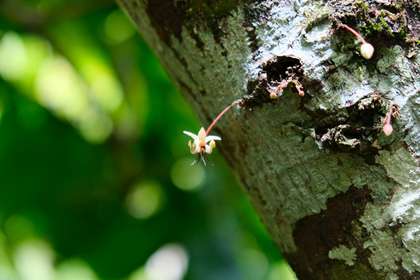
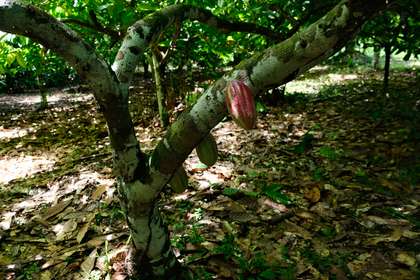
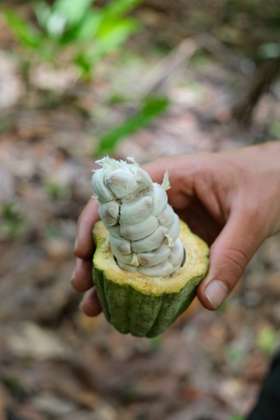
Visit to the field - cultivation is in the forest garden / agroforestry, all organic, often in multi-story mixed cultivation, on each farm again slightly different
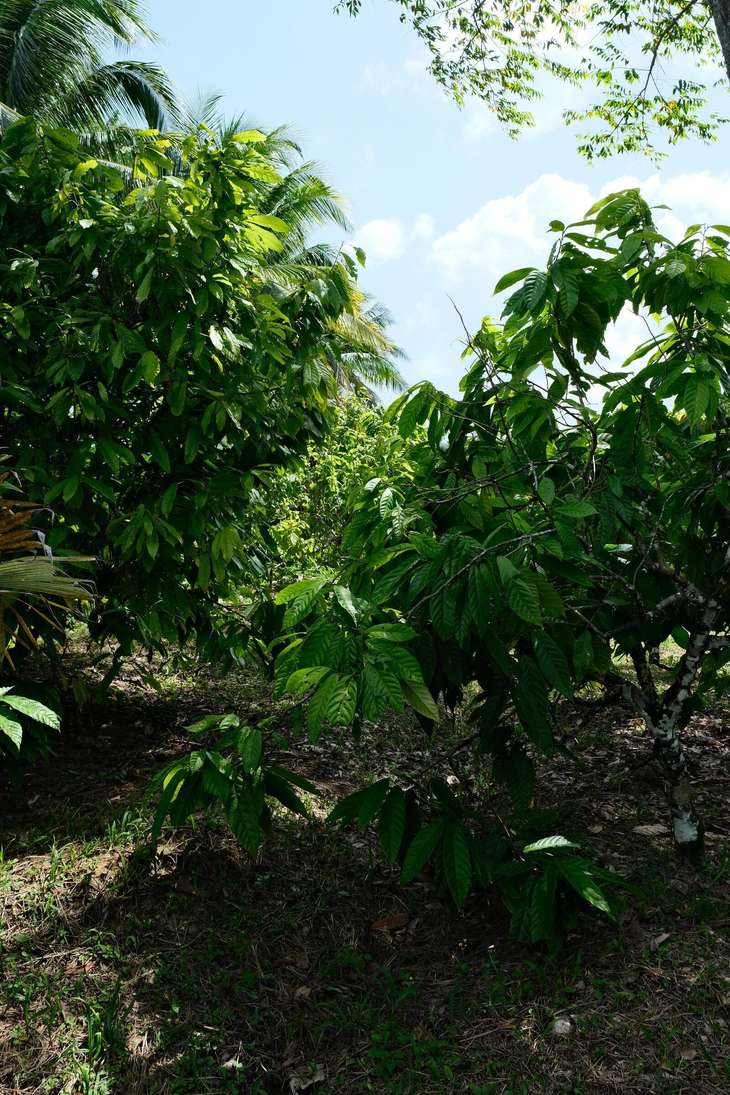
Teak and mahogany trees serve as windbreaks, tall mango trees provide shade, and beneath them grow not only cocoa, but also bananas and plantains, some coffee, and even cloves and palms, which are used to weave baskets and cook a kind of mashed potatoes. Of course, corn is not to be missed here, but it is grown in open fields at a sufficient distance.
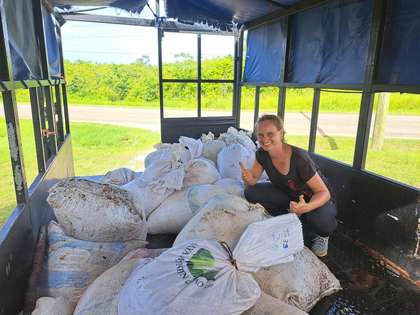
On a shopping tour in an open truck: wet beans are bought by weight, one or two days after harvest, freshly shelled from the fruit.
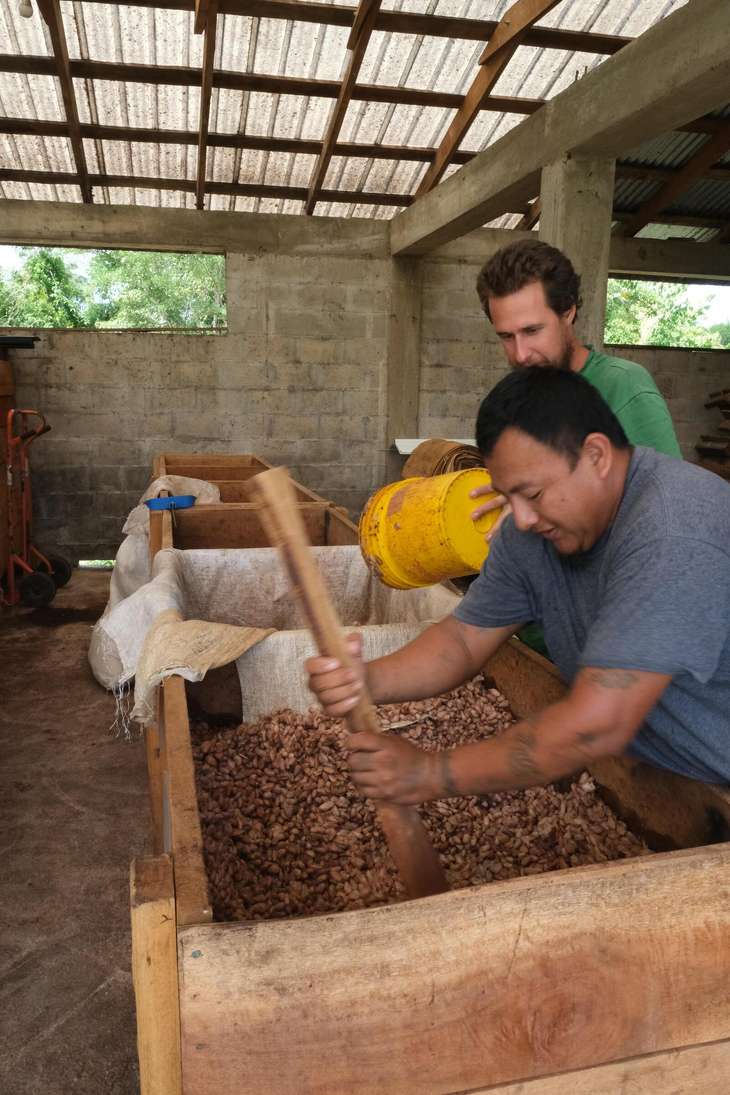
7 days the beans have to ferment at about 50 degrees Celsius, three times they are shifted to control the process
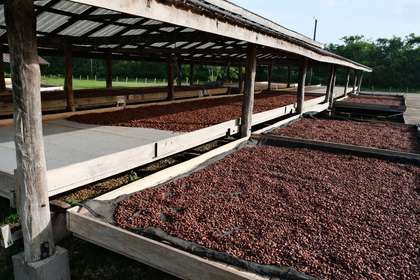
Depending on the weather, they are slowly dried under the roof for a week or more. After that, every hour of sunlight is used by means of pull-out drawers.

and finally the heat of a concrete slab for a last drying - it must be just under 7% residual moisture so that the shell does not break but also nothing molds.
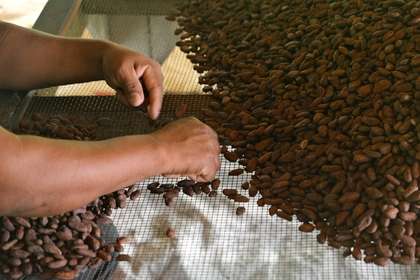
Now the beans are sorted by hand: flawless beans go to the export, broken, somewhat small or stuck together as nibs to the local chocolate factory - very delicious (: Shell pieces, small stones and dried up ones land on the floor. Back to the bag and ready for shipment - of course best via Avontuur!
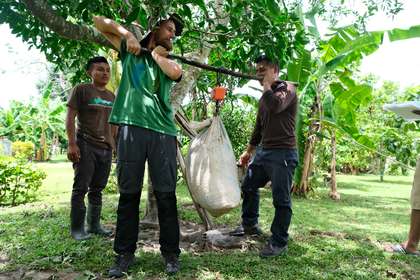
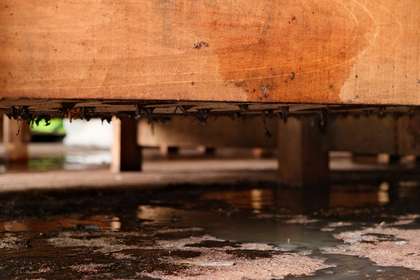
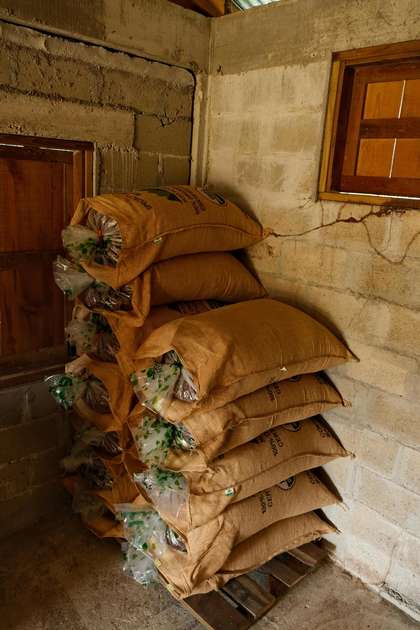
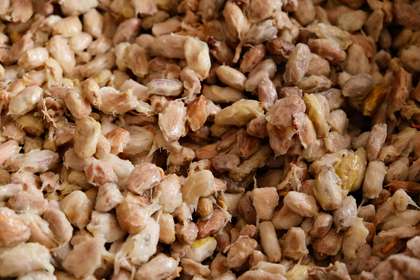
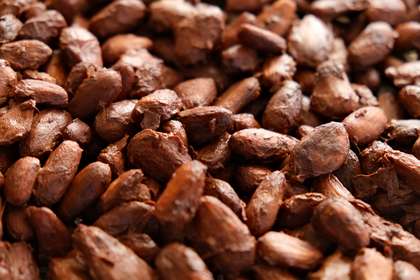
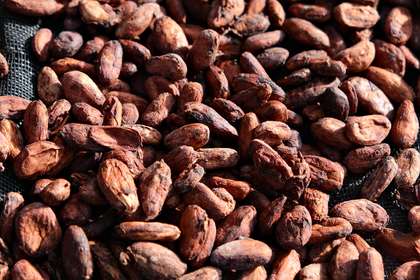
On the way back, thanks to Rita’s father (he has been working for Fairtrade for half his life), we are able to pay a visit to a sugar cane farmers’ organization. Señor Hernandez welcomes us for a completely different visit, during which we get a small impression of what fair trade can achieve and where its limits lie. Fairtrade directly enables access to further training, emergency kits for the harvest, protective pants for the farmers and environmental measures. Indirectly, it has probably initiated and supported the (self-)organization, which now enables projects by and for the small farmers. Señor Hernandez emphasizes that as a sugar cane farmer in Belize today, you need a second mainstay. Prices are extremely volatile, with two years of good income often followed by 3-5 bad years. If the cheaper competition in India and Indonesia is lucky with the weather or Brazil no longer produces biofuel, cultivation is hardly profitable and debts loom, even with Fairtrade prices. In a presentation and on a short tour of the site, we are introduced to some great projects: a colourful bouquet ranging from vegetable cultivation and chicken farming to the production of organic fertilizer using worm compost shows how diversification works. They are the result of local farmers own initiative and have been turned into reality with the help of a project-based fund.






